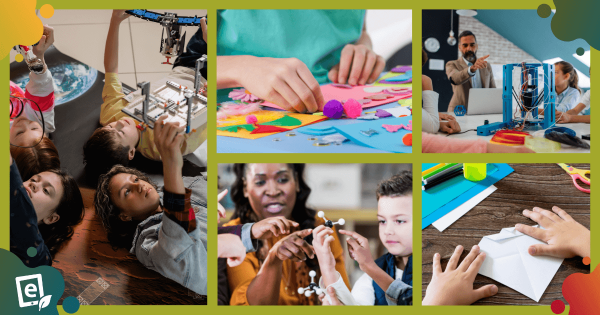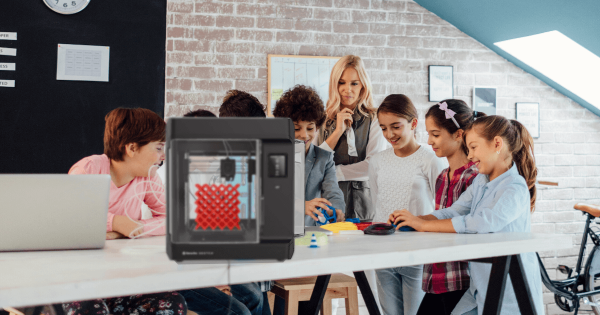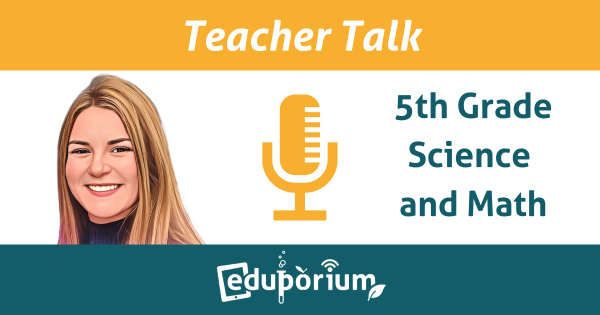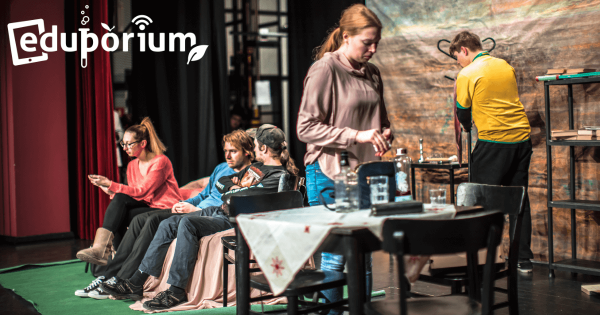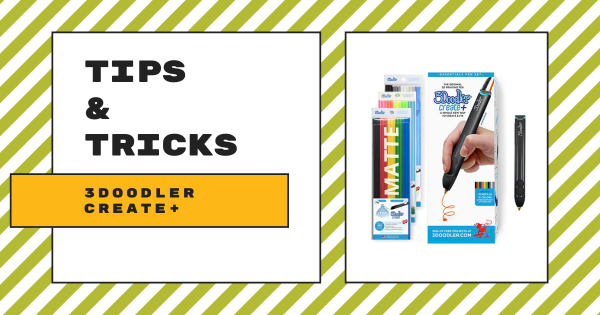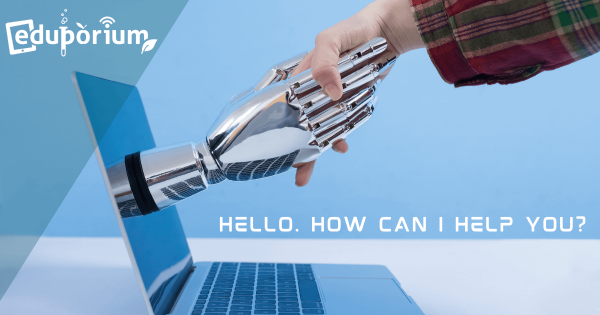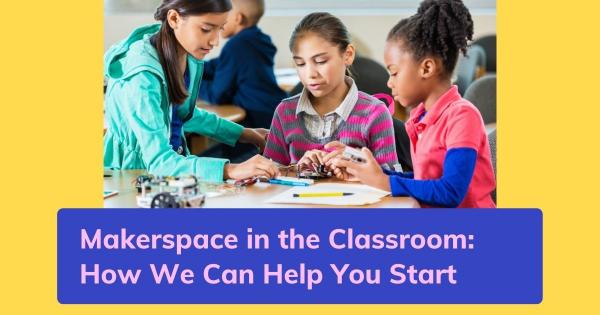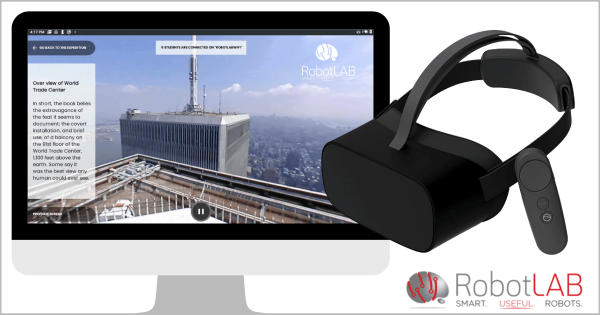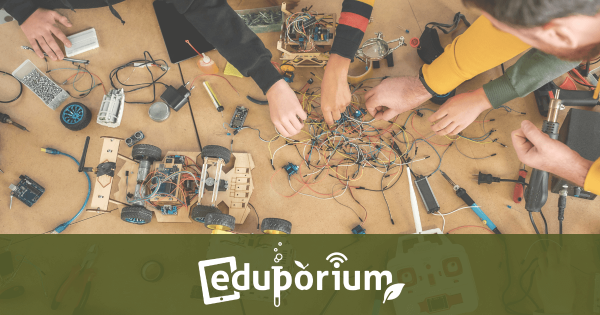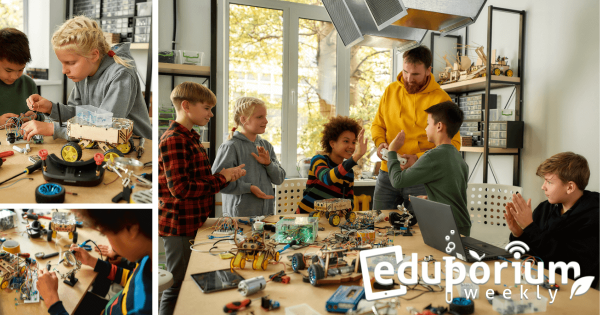You might hear this a lot, but almost every school makerspace may feature unique learning and building materials. Because makerspaces are found all throughout the K–12 grades (and even college), an elementary makerspace will often look a whole lot different than one you’ll see in a high school. So, using the right supplies at the right times makes a significant
STEAM
A broadened area branching out from STEM education, STEAM typically refers more to the creative side of things. STEM stands for Science, Technology, Engineering, and Math, which also happen to encompass some of the most prominent careers today. If we add an 'A' to make it STEAM, however, now we're incorporating art as well. Though not super closely related to science and technology on the surface, the arts may seem to be a strange element to add into STEM learning. With more opportunities to be creative, however, students can develop many of the key skills they'd need for success in a STEM career. STEAM learning encompasses many different areas—from artistic projects or makerspace endeavors to creatively solving problems. As kids try new, hands-on experiences, they also have more chances to activate inquiry and curiosity. And, these are two key drivers of learning and discovery.
Essentially, moving from STEM to STEAM involves adding extra creativity and opportunities for artistic freedom and exploration. Oftentimes, children will leverage various technologies in STEM or MakerEd projects but they can do even more. Tapping into the STEAM side of things, this gives them a chance to learn how thought-provoking questions and unique design elements can also come into play during their problem-solving processes. Educators could still encourage students to question things and connect problems to solutions—albeit with a more artistic lens. In STEAM projects, children often get to incorporate personalized details that illustrate some of their passions. And, while this self-expression is also important, it's how they authenticate these projects to the next degree that's truly valuable. Browse our STEAM content below for more insights and check out our store for all the tools you'll need.
-
The Importance Of MakerEd And The Role Of School Librarians
As the Maker Movement continues to influence early education, K–12, and even higher education, many times, it is school librarians who’ve helped to create these hands-on STEAM experiences. So, we’ve compiled this white paper with tips on leveraging library environments in designing unique and active lessons, measuring success in school makerspaces, and more. -
Teacher Talk | 5th Grade Science And Math With Lisa Blais
We’re kicking off our new Teacher Talk blog series by sharing this interview with Lisa Blais, a fifth grade science and math teacher in the Boston Public School system. Lisa has plenty of awesome insights on the accessibility of STEAM education, how she enhances activities she uses in her classroom, and how learning in the science subjects can help kids -
Our Top Eight STEAM Picks For Theater Classes
Integrating the arts with elements of science, technology, engineering, and mathematics often means that students can access more opportunities to think creatively and discover their passions. As STEAM solutions become increasingly prevalent in schools, including in arts and humanities classes, we’ve pinpointed eight of the most helpful tools for your theater students. -
Tips & Tricks | 3Doodler Create+ 3D Printing Pen
The 3Doodler Create+ is great for middle school makerspace activities and takes only about a minute to heat up. To make things simple, its light turns blue when it reaches the highest heat setting and green when it is on lower heat. Other than that, students just need to plug it in to work and teachers can create great makerspace -
Meet The New Student, ChatGPT: Adapting To AI In Education
ChatGPT’s vast knowledge base and uniquely effective imitation of human writing styles make it a powerful tool for both educators and students. But, as a lot of students employ ChatGPT as a homework aid, some educators are wondering whether its disadvantages outweigh its uses. Let’s see what ChatGPT can—and can’t—offer to kids in 21st century education. -
Designing A School Makerspace: How We Can Help You Start
Makerspaces really help educators create dynamic and real-world learning scenarios for students but they do not always have to include all the latest bells and whistles. So much planning sometimes goes into designing new school makerspaces from your budget considerations to your technology research and, if you’re looking to get started, our team is ready to help. -
VR Expeditions 2.0 As A Google Tour Creator Replacement
With the Google Expeditions VR app discontinuing back in 2021, students and teachers were searching for any suitable replacements. With it already serving as one of the best options in terms of hardware, the RobotLAB VR Expeditions 2.0 kits also provide amazing educational experiences in K–12 classrooms with software that’s immersive, vivid, and easy to use. -
Integrating An Entrepreneurial Mindset In STEAM Education
Summarized as “a growth-oriented perspective through which individuals promote flexibility, creativity, innovation, and renewal,” the entrepreneurial mindset means believing in the possibility of improvement. While research continues to show benefits associated with this kind of learning, more and more educators are implementing it. But, what exactly does this mean? -
Eduporium Weekly | Why Are Makerspaces Important?
It’s a broad question and one that will elicit different answers from different people. There are lots of reasons as to why K–12 makerspace experiences provide everyone from kids to experienced manufacturers with excitement, value, and intrigue. And, although the reasoning behind why makerspaces are important are extensive, they usually tie back to a particular mission.




